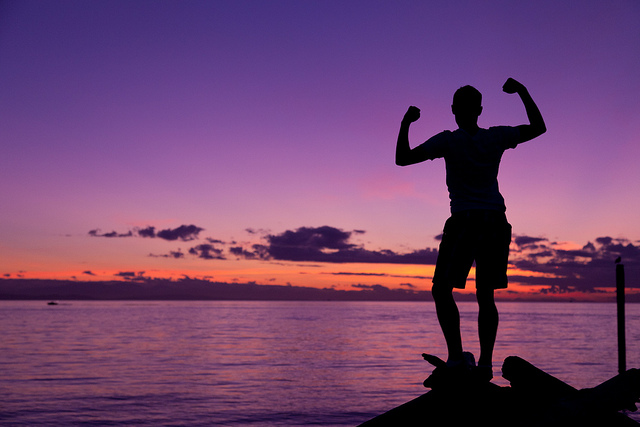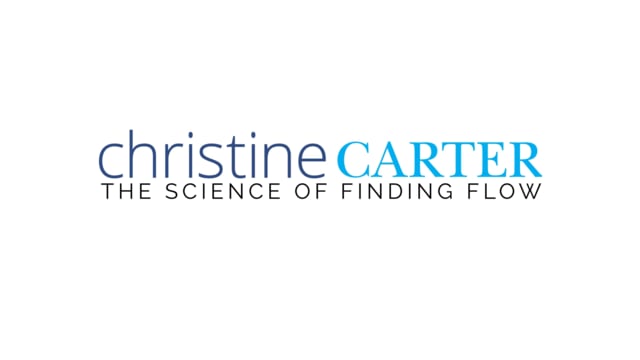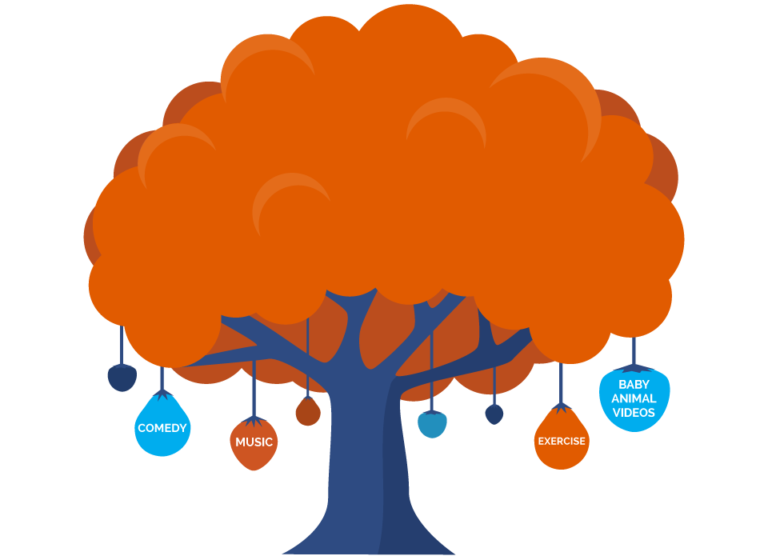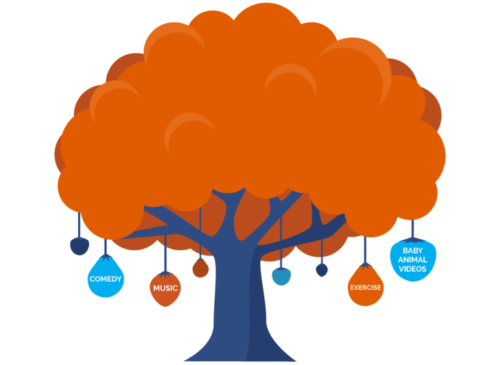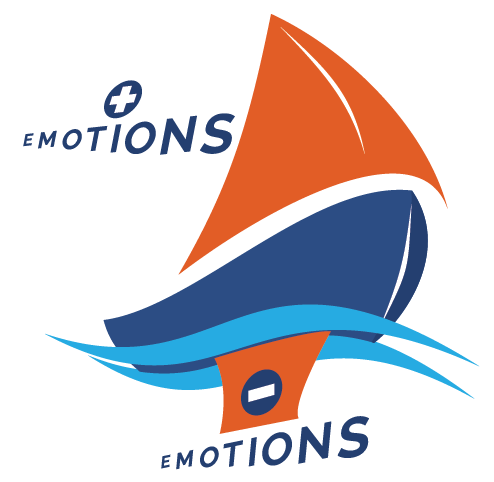In the last post, I wrote about how when we let ourselves feel what we feel we gain access to the most powerful part of our brain and nervous system: our intuitive, unconscious, and visceral knowledge.
A refresher: Our unconscious knowledge is shockingly powerful—and far more extensive than our conscious knowledge. Consider that our conscious brain processes information at a rate of about fifty bits per second, while our unconscious, intuitive nervous system processes information at a rate of 11 million bits per second. Fifty versus 11 million. That’s not a small differential, and it means that our unconscious minds are constantly cluing us into our experience, both internal and external, if only we pay attention.
The catch is that our intuitive knowledge system does not speak in words. It speaks to us through our bodies and through our feelings. But just because our intuition and visceral knowledge doesn’t speak to us in words doesn’t mean that it isn’t speaking to us all the time — through our bodies.
Try listening to the feedback that your body is giving you right now. Say something really untrue out loud, preferably to someone else. Try something like “I love it when my boss humiliates me in front of my team,” or “I adore having the stomach flu.” Then notice: how does your body react? The response will likely be ever so slight: a miniscule pulling back; or tensing of your jaw; or a tiny shoulder raise. When I say something that my unconscious mind hates, my body tries to tell me through a little heaviness in my stomach. If I spend too long doing something that feels wrong for me, I end up with a stomachache.
Now try saying something out loud that is true for you, and notice your body’s reaction. Try something like “I love the ocean,” or “I love the feel of my baby’s head on my cheek.” How does your body respond? When I say something that is very true for me, or when someone else says it to me, I get “chills of truth”—the hair literally stands up on my arms. And if I’m grappling with something hard, but the right answer comes up for me, I get “tears of truth.” Tears that tell me that something is profoundly true feel qualitatively different than the tears that come from grief or hurt.
What is true for us tends to make us feel stronger and more free. And lies tend to feel like constraint and constriction — our shoulders ache, our back hurts, or our stomach churns.
Join the Discussion
How did it go? How does your body react when you say something untrue? How does your body feel when you say something true? Share your reactions with the class.
This is Activity #1 from Unit 6: FEEL. It’s a part of the “Science of Finding Flow,” an online course I created as a companion to my book The Sweet Spot: How to Accomplish More by Doing Less. Want to go on to the next class or start the course from the beginning? It’s free! Just go to The Science of Finding Flow course page. Enjoy!



